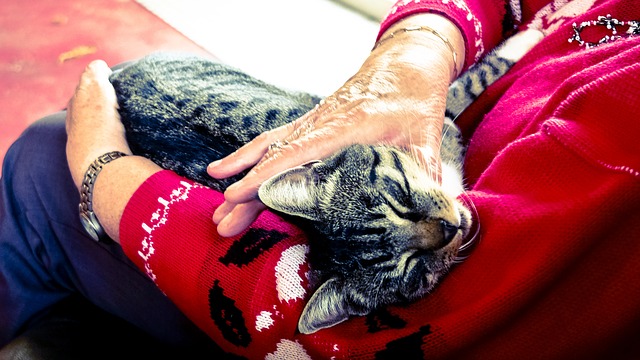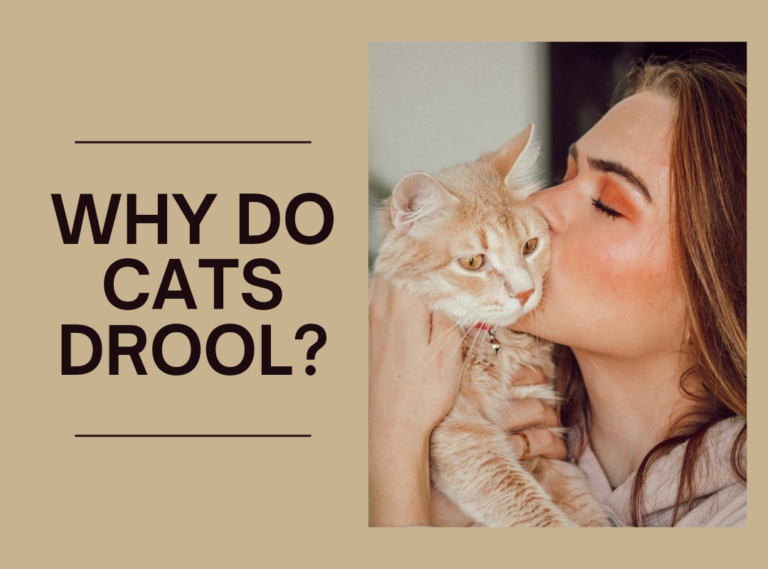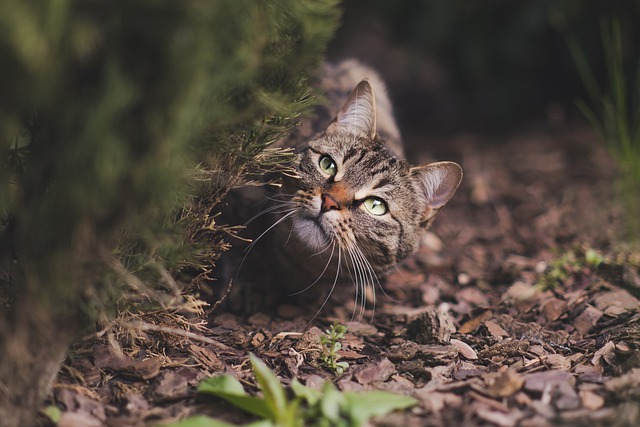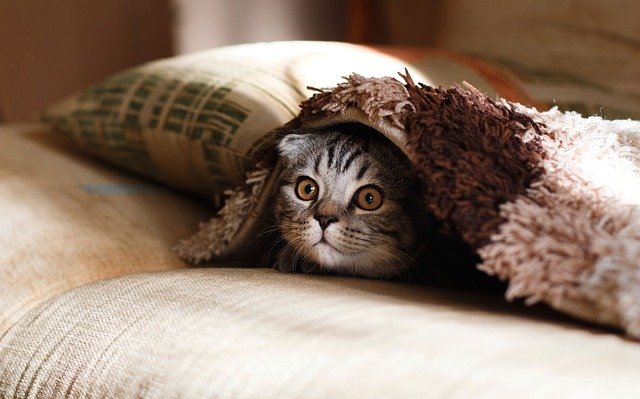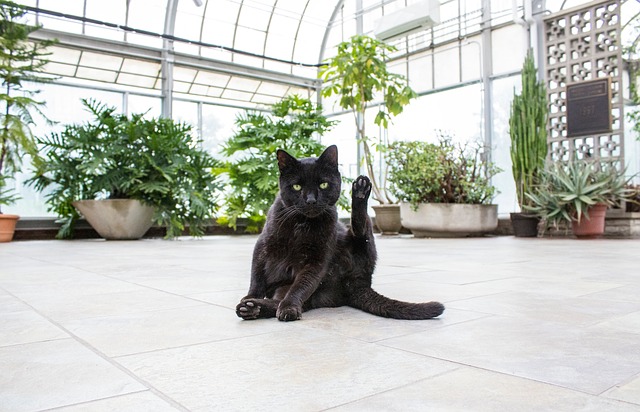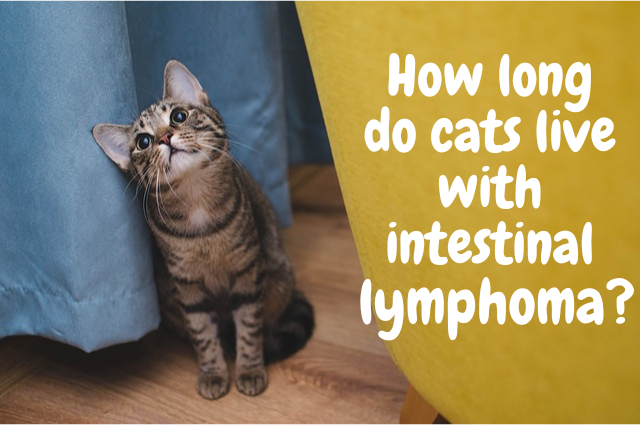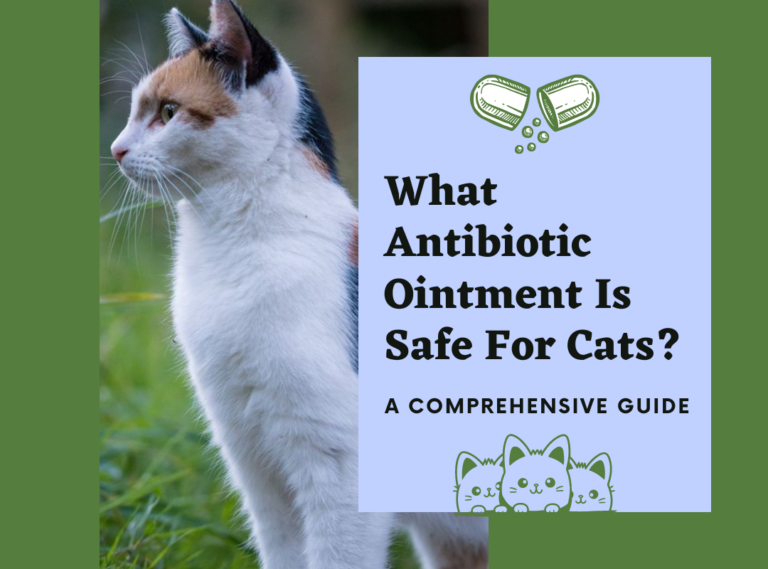Hypertension in Cats – Causes, Symptoms & Treatment
Hypertension is an extremely common health problem in humans, but what you might not know is that it can be quite common in our feline friends, too. Feline hypertension is often a complication of another medical condition (secondary hypertension), or it can be primary, in which case it can be at the root of another disease.
In this article, we’ll look at the causes of hypertension in cats, the signs of hypertension in cats, if there is any available treatment for hypertension in cats at home, and a lot of other information that you, as a responsible
Causes
For secondary hypertension, some of the most common causes are kidney failure and hyperthyroidism. These are predisposing factors, but heart disease can also cause hypertension. More than half of the cats that are diagnosed with hypertension have chronic kidney disease, too. About a quarter of cats that have hypertension also have hyperthyroidism.
Secondary hypertension can also be a result of diabetes. What’s important to note here is that there haven’t been found any links between the
In very rare cases, a
Signs of hypertension in cats
Unfortunately, as any
For example, cats with hyperthyroidism, weight loss and hyperactivity can be two signs, but once their blood pressure is tested, hypertension can be discovered, too.
In most feline patients, there aren’t any typical signs of hypertension that can be discerned. That’s how the condition develops to the point where severe symptoms show up, such as retinal detachment or spontaneous bleeding into the eye.
Some cats can be lethargic, depressed, or withdrawn. It is presumed that, like in humans, cats can suffer severe headaches, which is why they will look for quiet spaces where they can rest and not be bothered by anyone or another
How can hypertension in cats be diagnosed?
Since high blood pressure is far more common in geriatric cats, it’s a good idea to bring your
Since hypertension in cats with chronic renal failure is very common, it can be assessed if they start showing symptoms of kidney disease. Cats that have sudden blindness developed have to be tested for hypertension, too, or any other neurological signs such as the headaches that we have mentioned.
There are several techniques available for measuring blood pressure in cats. A standard meter, one that is also used in humans, can be employed for the task.
The
Eye examinations
In all cats that are suspected of having hypertension, a thorough eye examination is necessary. Cats that are severely affected, the changes in the eye can be quite dramatic, causing bleeding or retinal detachment.
Cats that are mildly affected might show subtle changes that only a vet would be able to determine — such as those in the appearance of the blood vessels in the retina or changes in how the retina looks.
Ocular modifications are so common in hypertension in cats that they can be used as an alternate method of diagnosis in case no blood pressure measurement devices are available.
Can hypertension in cats be treated?
Controlling systemic hypertension in cats with renal disease can be a little challenging, especially in geriatric cats. Both the underlying problem and hypertension have to be solved somehow.
In most cases, treating hypertension can be done with two types of medications — ACE inhibitors (like Benazepril) and calcium channel blockers (Amlodipine). You’ll be happy to know that hypertension is solvable, controllable, and even fully reversible, especially if the secondary health conditions are treated properly, as well.
Unfortunately, in old cats that have already undergone significant ocular modifications, no treatment might be effective enough to make the
Managing primary hypertension is possible, and it’s also possible to prevent further complications. However, this can only be done if you take your
Secondary hypertension calls for a long-term perspective. Treatment and prevention both depend on the severity and nature of the disease that has led to the
Fortunately, the chances of a
Resources:
Feline Hypertension: Diagnosis and Management, WSAVA 2002 Congress
Cornell Feline Health Center – Feline Health Topics – Hypertension
